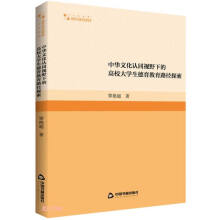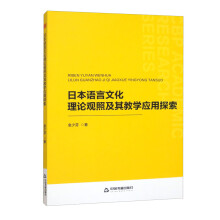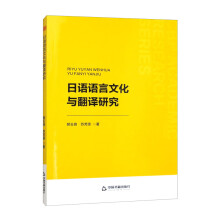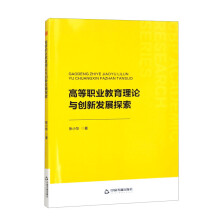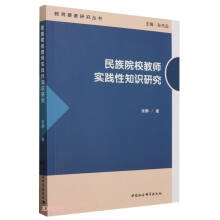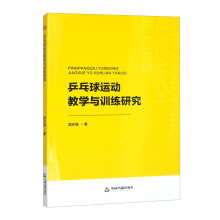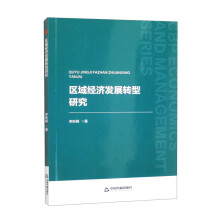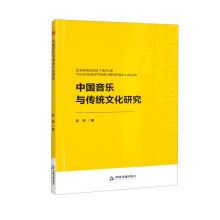List of Abbreviations
List of Tables
List of Figures
Chapter 1 Introduction
1.1 Motivation for the study
1.1.1 Importance of teacher questions in classroom instruction
1.1.2 Ineffective teacher questions due to lack of explicit goals
1.1.3 Neglect of instructional objectives in research on teacher questions
1.2 Rationale for the study
1.2.1 Questioning sequences
1.2.2 Learning space
1.3 Overview of the action research
1.4 Structure of the dissertation
Chapter 2 Literature Review
2.1 Taxonomies of teacher questions
2.1.1 Taxonomies based on forms
2.1.2 Taxonomies based on functions
2.1.3 Taxonomies based on multiple dimensions
2.2 Research on language teacher questions
2.2.1 Interaction analysis
2.2.2 Discourse analysis
2.2.3 Conversation analysis
2.3 Questioning sequences as units of planning and analysis
2.3.1 Questioning sequences as sequences of questions
2.3.2 Questioning sequences as a series of core and processing questi
2.3.3 Questioning sequences as the framework for a unit
2.4 Leaming space as the measure of questioning sequences
2.4.1 Learning as the experience of variation
2.4.2 The object of learning
2.4.3 The critical aspects of the object of learning
2.4.4 Ways to create the space of learning.
2.5 Questioning sequences for the extension of L2 learning space
2.5.1 The objects of learning of a language course
2.5.2 Questioning sequences in the light of L2 learning space
2.6 Summary
Chapter 3 Methodology
3.1 Preliminary work
3.1.1 Context
3.1.2 Procedures
3.1.3 Findings
3.1.4 Summary
3.2 Action research
3.2.1 Action research in language teaching
3.2.2 A proactive/structured action research design
3.2.3 Interactional organizations as a tool for reflection
3.3 Research design
3.3.1 Research questions
3.3.2 Participants
3.3.3 Procedures
3.4 Data collection and analysis
3.4.1 Data collection and analysis during AR
3.4.2 Data collection and analysis after AR
3.5 Validity concerns and ethical issues
3.6 Summary
Chapter 4 First Cycle of Action Research
4.1 Focusing
4.2 Planning
4.3 Implementing
4.3.1 Identifying the objects of learning
4.3.2 Designing questions
4.3.3 Enacting questions
4.4 Evaluating
4.4.1 Students' learning logs
4.4.2 Peer observation feedback.
4.4.3 Group discussion notes
4.4.4 Stimulated reflection journals
4.4.5 Implications
Chapter 5 Second Cycle of Action Research
5.1 Focusing
5.2 Planning
5.3 Implementing
5.3.1 Identifying the objects of learning
5.3.2 Designing questions
5.3.3 Handing out the questions as a guide for preview
5.3.4 Enacting questions
5.4 Evaluating
5.4.1 Students' learning logs.
5.4.2 Peer observation feedback.
5.4.3 Group discussion notes
5.4.4 Stimulated reflection journals
5.4.5 Implications
Chapter 6 Third Cycle of Action Research
6.1 Focusing
6.2 Planning
6.3 Implementing
6.3.1 Identifying the objects of learning
6.3.2 Designing questions
6.3.3 Incorporating student questions
6.3.4 Enacting questions
6.4 Evaluating
6.4.1 Students' learning logs
6.4.2 Peer observation feedback.
6.4.3 Group discussion notes
6.4.4 Stimulated reflection journals
6.4.5 Implications
Chapter 7 Further Discussion
7.1 Design and implementation of teacher questions
7.1.1 Identifying appropriate instructional objectives
7.1.2 Sequencing questions by varying acts and contents
7.1.3 Adapting design and implementation based on reflections
7.2 Contributions to student learning
7.2.1 Development of autonomous learning
7.2.2 Improvement of text comprehension
7.2.3 Increased willingness to participate
展开

